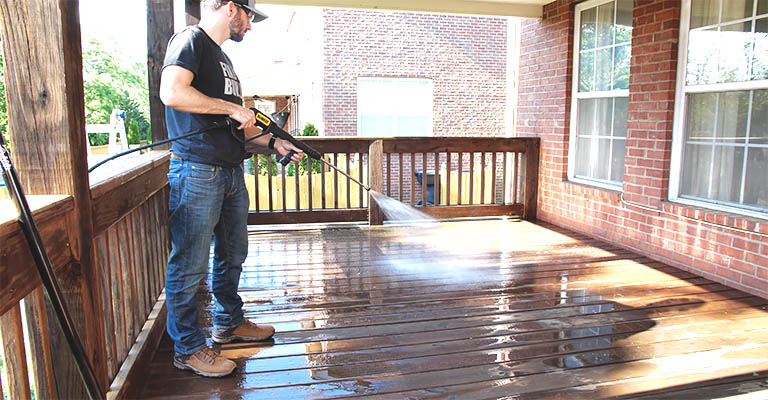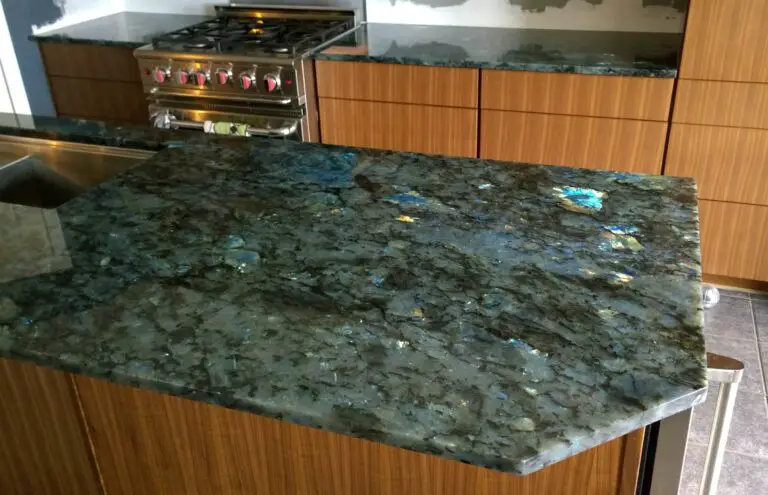How Long Does Spackle Take to Dry, and When Can You Paint Over It
Spackling is an effective method if you have damage in your drywall or just want to fill a nail hole or other small holes. One of the primary concerns that homeowners have when using this product is how long it takes to dry. It’s important to know so that you can figure out when to paint over it and make the wall look lovely again. Our guide covers the factors that affect drying time, tips for speeding up the process, and FAQs to help you achieve a professional-looking finish.
Understanding Spackle Drying Time
Spackle is a material used for small wall repairs, usually for drywalls. It comes in a thick paste similar to the consistency of toothpaste. It has a binding agent thrown in with the gypsum powder, making it harder to crack or shrink. It is generally a more malleable material than a joint compound; its similar counterpart is used for seaming or smoothing fresh drywall fixtures.
The average drying time for spackle is two hours; however, it’s best to leave it for 24 hours to dry properly before going on with work. But this is affected by a variety of factors, including:
- The humidity of the environment.
- The type of spackle you use.
- The size of the repair.
- Air circulation in the room.
That said, there are a number of steps you can take to speed up the process.
Tips for Speeding Up Spackle Drying Time
Choosing the right type of spackle for your project
The type of spackling paste you use will affect its drying time, although the nature of the repair is the primary concern. There are five common types of spackle.
- Standard: This is the most common. It is a gypsum-based paste that can repair small to large holes and even drywall cracks. The paste is premixed and applied straight to the area in question. You’ll need to check the instructions for the precise drying period, as there might be differences in the brands.
- Epoxy: For larger holes, cracks, or drywall fractures, you will need higher adhesive strength spackle paste. Epoxy is the best option in this regard. While epoxy generally takes much longer to dry than standard – up to 24 hours – and be left to recover fully before you apply paint, it’s incredibly durable.
- Acrylic: Acrylic is the most malleable form of spackle as it can fix deep gashes and drywall gouges in numerous materials such as wood, stone, plaster, and brick. Once set, it doesn’t crack, crumble or degenerate at all. It dries after around 2 to 4 hours.
- Vinyl: The drying time for vinyl spackle is around 5 hours (environmental factors pending) and is excellent for drywall, wood, cement, brick, and rock reparations. It uses elastic polymers, making it durable and robust.
- Quick-Dry: For quick ‘once-and-done’ drywall repairs, quick-Dry is the best solution. You will need to mix the paste with water before using it, but the trade-off – it dries in minutes. Around 30-45 minutes, to be exact.
Applying spackle in thin layers
The way that you apply the spackle will affect the drying process. Angle a putty knife downward to apply the spackle to the hole in small strokes and apply the spackle carefully and in thin layers, one at a time. This will allow the spackle coat to dry, as more extensive layers will naturally take longer.

Using a fan or dehumidifier to speed up the drying process
If the environment has high humidity, the drying time will be affected. To solve it, try a dehumidifier to speed up the drying process. You can also use an air conditioner or a fan. Remember, though, this will only work for indoor repairs.
Sanding spackle to help it dry faster
Once the spackle is set in the hole, sand the area with grit sandpaper. This will remove excess spackle and refine the pasted area so that there is the least spackling paste possible, resulting in a quicker drying time. Also, clear the dust away with a cloth or sponge to eliminate further excess spackle.
When to Paint Over Spackle
How to determine if spackle is fully dry
When the spackle dries, it often changes color. For instance, sometimes it is pink when first applied and then white once dry. That’s why looking for a dry indicator spackle is a good idea. Otherwise, you can touch it lightly. If no print is left behind, it’s dry. For general guides, check the spackle label for drying time.
The importance of allowing spackle to dry completely before painting
If you paint over the spackle or a joint compound before it dries, you could have an irregular surface or see spots in the drywall where the paint hasn’t blended correctly, resulting in an aesthetically uneven wall. Nobody likes that, so it’s important to take the time and patience to allow it to dry properly.
Tips for preparing spackled surfaces for painting
To prepare surfaces, the surface in question must be dry and clean. The more precise the spackling agent is dressed up, the better the paint job will look. This includes nail holes and other small holes. Also, nail heads and tape joints must be sanded until smooth and all dust removed, including dried spackle and sanding residue.
Conclusion
Using and then painting over a spackling compound is a great way to fix repairs and make your home look great again. Follow the guide, and you will complete the job with minimal hassle and at a cost-efficient price. For more great tips and tricks for homeowners, consult the professionals and get expert advice.
Frequently Asked Questions
- Can you apply a second coat of spackle before the first one dries?
No, you must wait until the spackle dries before applying the second coat.
- How do you know if the spackle is still wet?
It will either change color from pink to white, or you can lightly touch it without leaving prints.
- Can you sand spackle before it dries?
No, it’s best to wait the full 24 hours before sanding the spackled drywall compound.
- What happens if you paint over wet spackle?
You could end up with an uneven wall, or spots will be visible on the drywall where the paint hasn’t blended correctly.
- How long does it take for the spackle to dry in humid weather?
This depends on the type of spackle used, but humid weather will slow the drying process down. Generally, waiting 24 hours is advisable as most spackles will be dry by this point except in rare circumstances.






